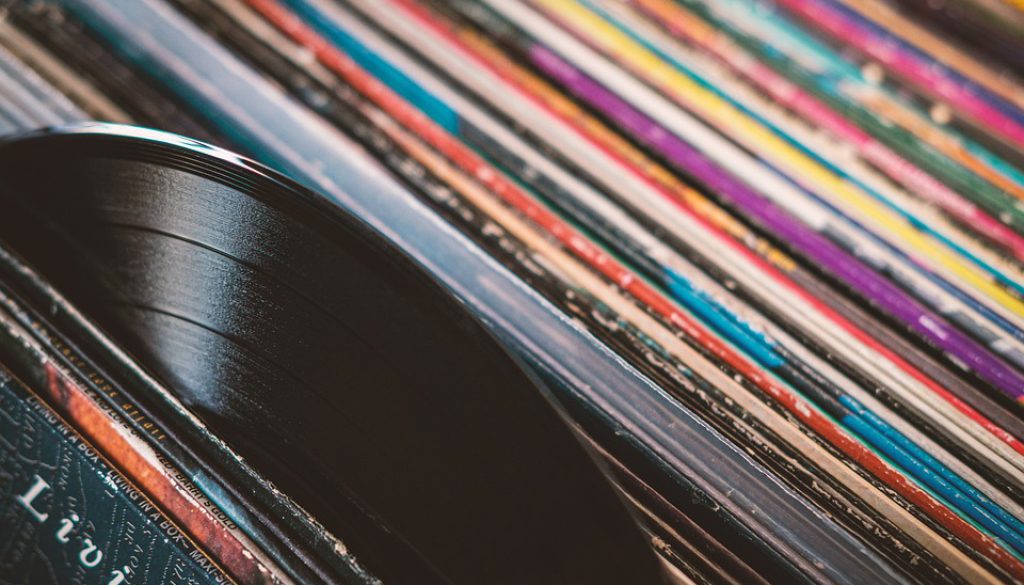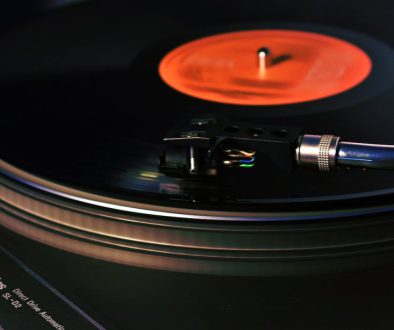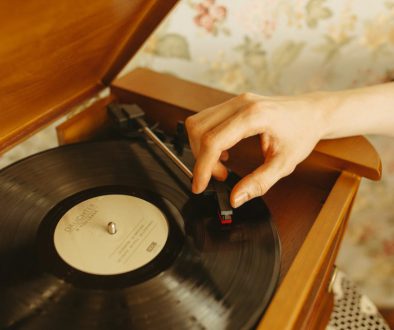What are Vinyls? The Complete Guide
Vinyls, an iconic format that has persisted through the ages, have experienced a resurgence in popularity in recent years. This comprehensive guide delves into the world of vinyl, exploring its history, uses, sound quality, comparison with other formats, pricing, and the enduring appeal it holds for music enthusiasts.
What are Vinyls?
Vinyls are analog sound storage mediums, primarily used for music. They are made from polyvinyl chloride (PVC), and their grooves represent audio signals. When played on a turntable, the needle or stylus traces these grooves, vibrating to reproduce sound. Introduced in the mid-20th century, vinyls revolutionized the way we listen to music, offering a tangible and immersive experience. They typically come in two sizes: the 12-inch LP (Long Play) for albums and the 7-inch single for individual tracks.
Who Invented Vinyl?
The invention of vinyl records is credited to Peter Goldmark of Columbia Records in 1948. However, the concept of recorded sound dates back to the 19th century, with Thomas Edison’s invention of the phonograph. Vinyls evolved from earlier phonograph records, which were made of shellac and other materials. Goldmark’s creation of the microgroove LP (33 1/3 rpm) marked a significant advancement in sound quality and storage capacity.
What are Vinyls Used for?
Primarily, vinyls are used for music playback. They have been cherished by audiophiles and music collectors for their rich, warm sound quality. Vinyls also serve as collectibles due to their artwork, limited editions, and physical presence. In addition, DJs often prefer vinyls for mixing and scratching, attributing to their tactile control and unique sound alterations.
Do Vinyls Sound Better?
The sound quality of vinyls is often described as warmer and more natural compared to digital formats. This is attributed to vinyl’s analog nature, which can capture the full sound wave, unlike digital formats that compress audio. However, the sound quality can be influenced by the condition of the vinyl, the quality of the recording, the turntable setup, and the listener’s preference.
Are Vinyls the Same as Records?
The terms ‘vinyls’ and ‘records’ are often used interchangeably, but they are not exactly the same. All vinyls are records, but not all records are vinyls. Records refer to any flat disc with grooves for sound reproduction, including those made from shellac or other materials. Vinyls specifically refer to records made from polyvinyl chloride.
Is Vinyl Better than Digital?
The debate between vinyl and digital formats hinges on personal preference and priorities. Vinyl offers a warm, authentic sound and a physical connection to music. Digital formats, on the other hand, offer convenience, portability, and consistency in sound quality. Each format has its merits, and the choice often depends on the listener’s lifestyle and listening habits.
Why Does Vinyl Cost So Much?
The cost of vinyl is influenced by several factors, including production costs, limited pressings, and the resurgence in popularity. Producing vinyl involves a complex process of mastering, pressing, and packaging, often with high-quality materials. Limited editions and special releases can also drive up the price. Additionally, the current demand for vinyls often exceeds supply, contributing to higher prices.
Why Do People Still Buy Vinyls?
People buy vinyls for a variety of reasons. For some, it’s the nostalgic appeal and the physical experience of handling and playing a record. For others, it’s about sound quality, as vinyls can provide a more immersive listening experience. The artwork and liner notes of vinyl records also add to their appeal. Furthermore, vinyls are seen as collectibles, often retaining or increasing in value over time. The vinyl community and culture also play a significant role, with many enjoying the ritual of crate digging and discovering new music in record stores.



